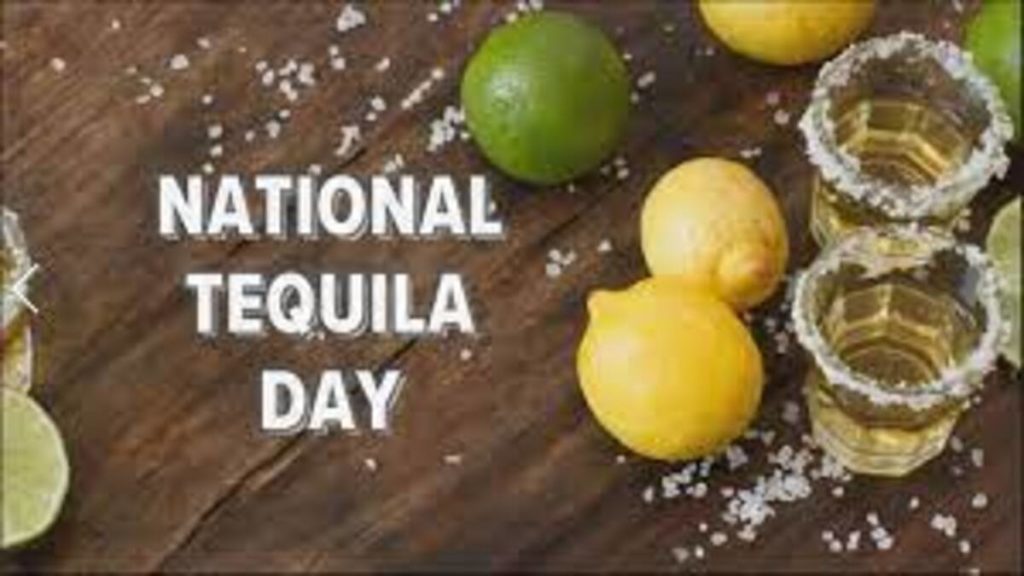
On Sunday, July 24, the United States celebrates National Tequila Day. You can’t blame anyone for wanting to take one or two bracing shots after the year we’ve had so far (responsibly, of course).
Here are six interesting tequila-related facts you probably didn’t know in honor of the holiday.
It comes from a plant, so it must be healthy, right?
Do not be alarmed, gluten-free people! You’re totally fine to consume tequila. The blue agave plant’s juice, known as pia because of its core’s resemblance to a pineapple, is fermented to create tequila.
After being picked, the pia is sent to a distillery where it is roasted to release its juices, which are then fermented, distilled, and aged before being packaged.
Mezcal is a type of which tequila is one, however not all mezcal is tequila.
A margarita is made merry by tequila. The only restriction on the specific combination of materials is your creativity.
A margarita is made merry by tequila. The only restriction on the specific combination of materials is your creativity.
Okay, let’s simplify it because it’s a little confusing. Agave is used to make both mezcal and tequila, although tequila can only be produced from the blue agave plant. Mezcal can be produced using more than 30 different agave varietals, according to Food & Wine.
The flavor characteristics may alter slightly, with mezcal having a smokier flavor.
Tequila can only be produced in a certain region of Mexico.
You are aware of the requirements for making Champagne in the Champagne region of France? Here, it’s a similar situation. Tequila must be produced in the state of Jalisco or one of its adjacent states in order to bear the name. But Jalisco is where most tequila is produced.
Tequila was created in, where else, Tequila.
The city is in Jalisco, yeah. It is the origin of the well-known beverage, where native Mexicans first began to ferment blue agave juice before it developed into the commonplace drink it is today. The town, which was designated a UNESCO World Heritage site in 2006, still has a large number of distilleries headquartered there.
Tequila might not even exist if not for women.
The blue agave plants, known as hijuelos, were traditionally grown by the ladies of Tequila (as in the town) (little children). From February to July, when the plants grow, women can still be seen working the fields.